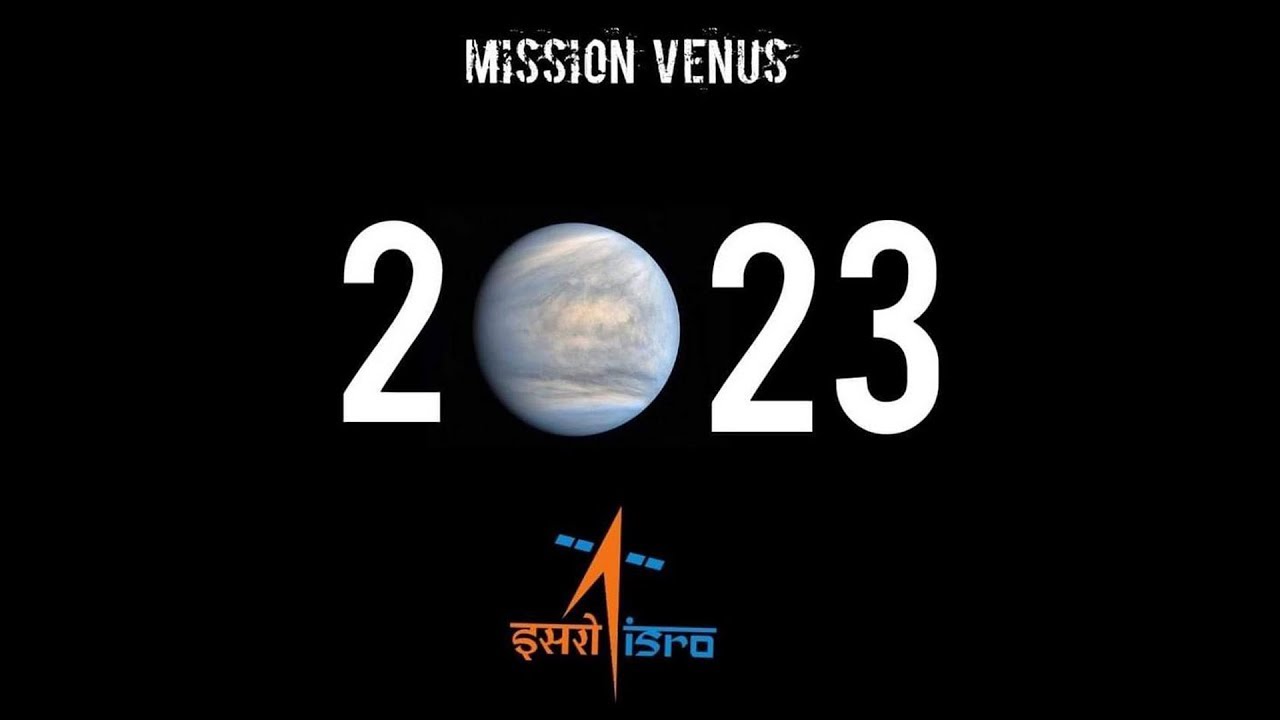
SOURCE: REPUBLIC TV
Gaining a deeper understanding into Earth’s neighbouring planet, a research team led by Universities Space Research Association (USRA) has found out that Venus may have active volcanoes still present, according to international reports. The study published in Science Advances on Friday has stated that the team has concluded so due to the presence of lava flowing on Venus surface which may be only a few years old. This would make Venus the only other planet in our solar system apart from the Earth with active volcanoes.
Active volcanoes in Venus?
Explaining the implications of the research, USRA scientist Dr. Justin Filiberto said, “If Venus is indeed active today, it would make a great place to visit to better understand the interiors of planets. For example, we could study how planets cool and why the Earth and Venus have active volcanism, but Mars does not. Future missions should be able to see these flows and changes in the surface and provide concrete evidence of its activity,” at a conference in Lunar and Planetary Institute (LPI).
How did they conclude about active volcanoes in Venus?
The team reportedly recreated Venus’ hot atmosphere in their lab to study how Venusian minerals react and change over time. Their results showed an abundant mineral in basalt — olivine — reacts rapidly with the atmosphere and within weeks becomes coated with the iron oxide minerals – magnetite and hematite, according to the study. The scientists found that this conversion would take a few years and hence they suggested that the lava flow was recent and hence would mean that volcanoes were active on Venus.
India’s Shukryaan-1 mission in 2023
While the team has stated that future missions will be able to explore further, India’s own mission Shukrayaan-1 is scheduled to the hot planet in 2023. ISRO had invited proposals from the international scientific community to carry out novel experiments on its planned Venus mission in 2018. ISRO aims to explore in its Venus mission include surface, subsurface, and atmosphere of the planet, as well as its interaction with the Sun.






